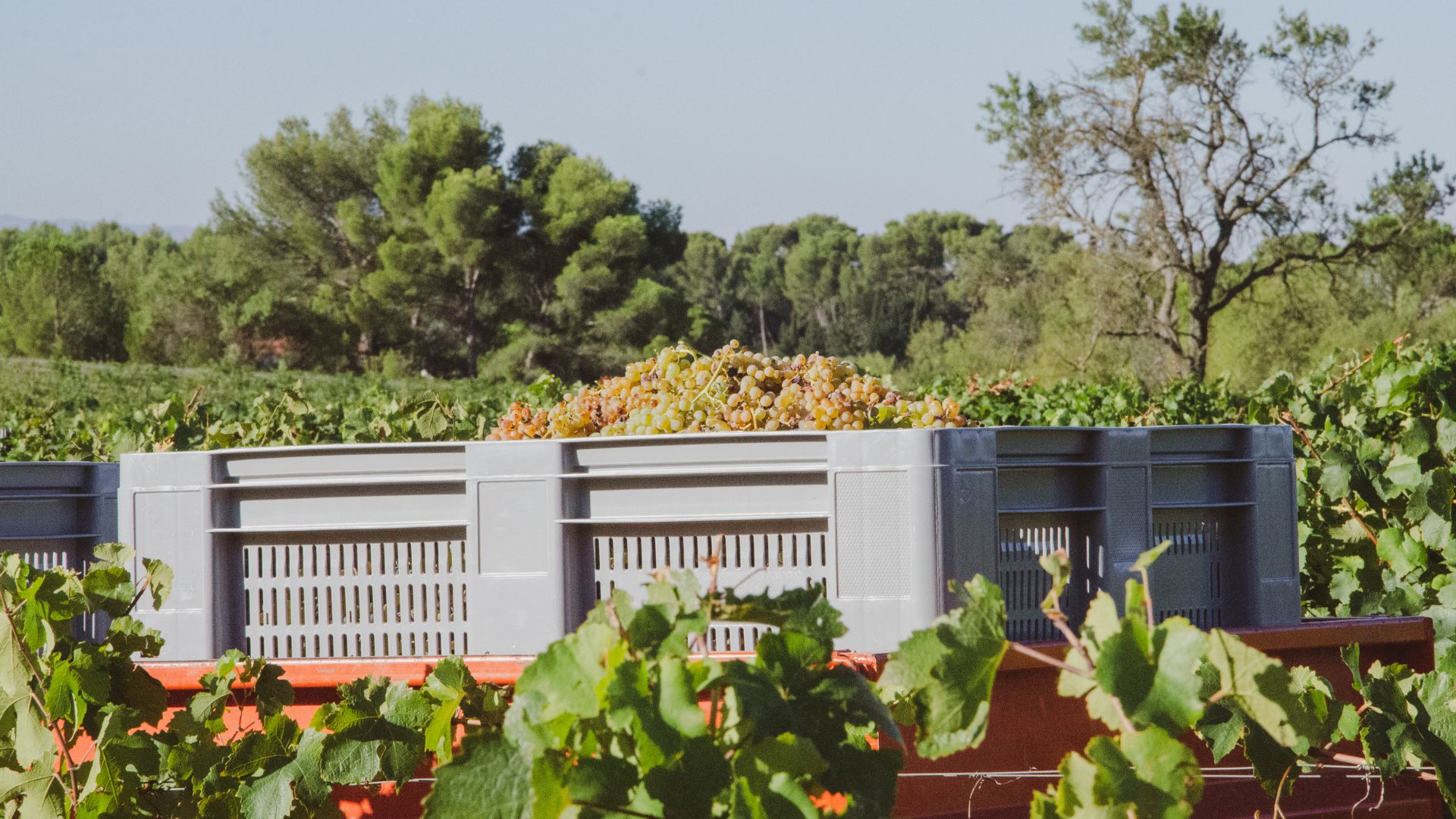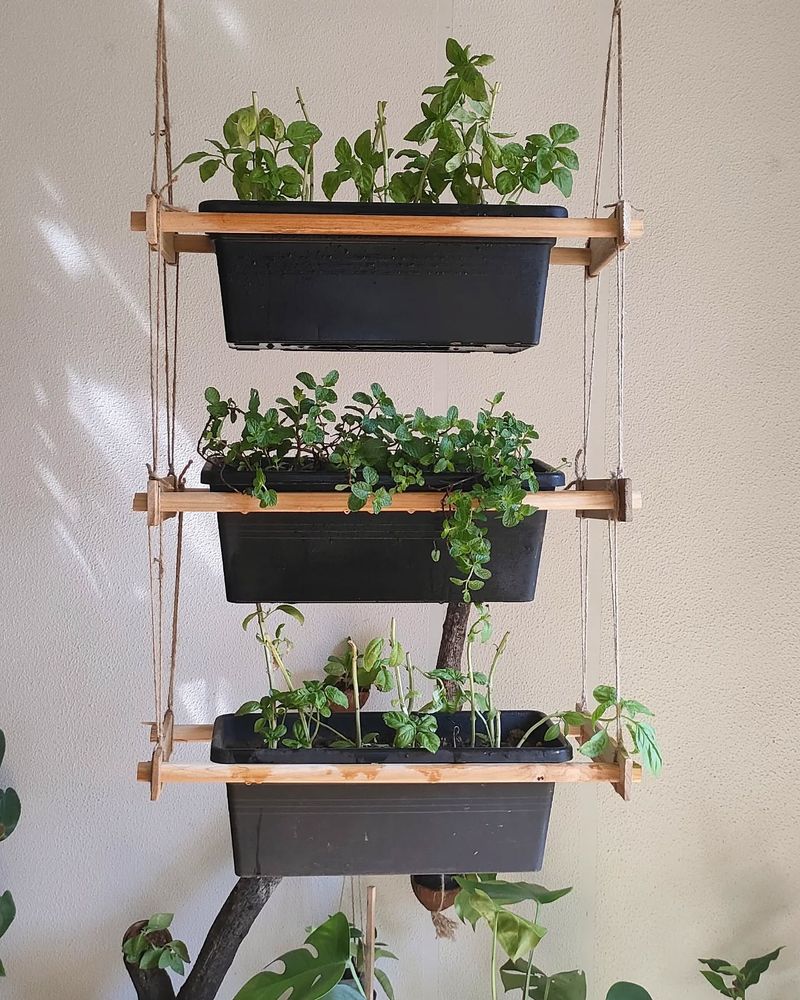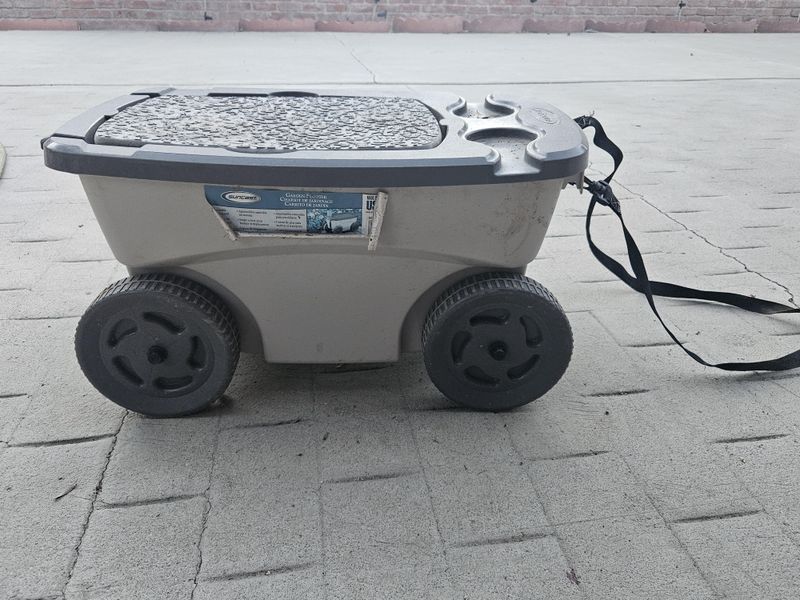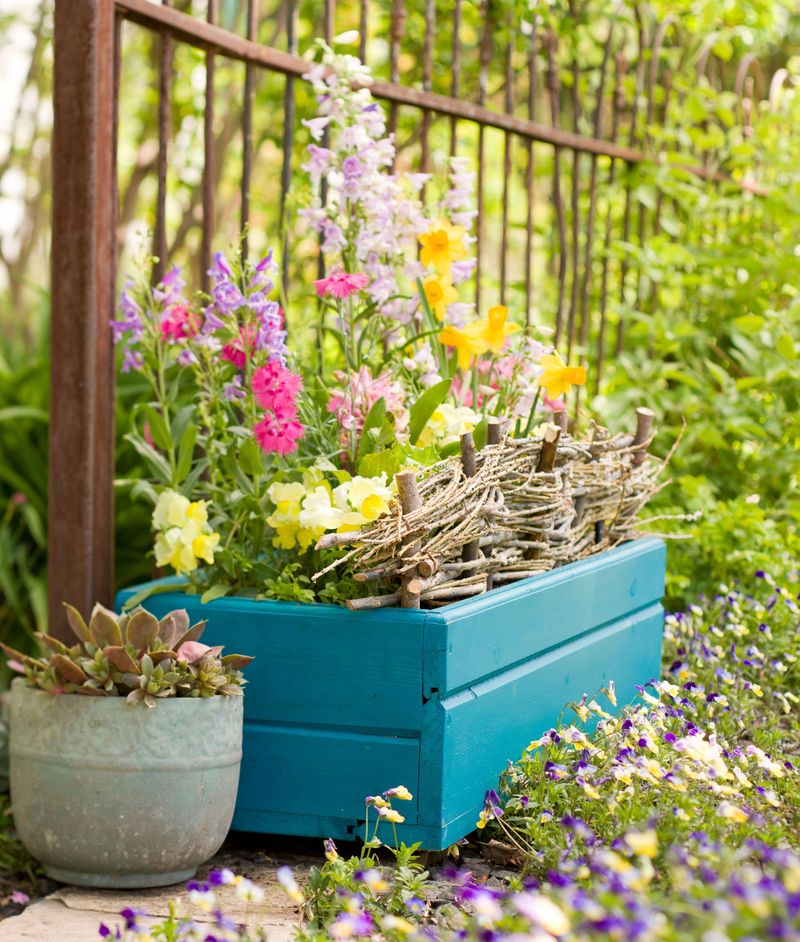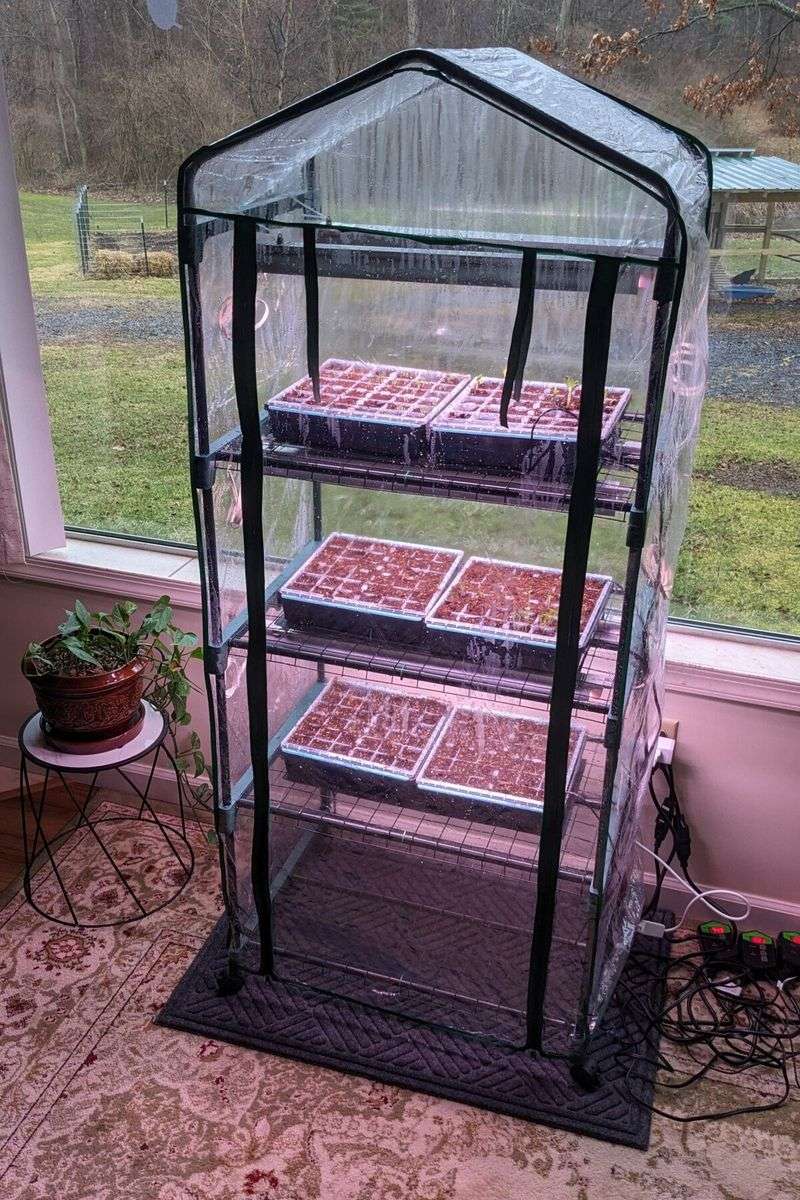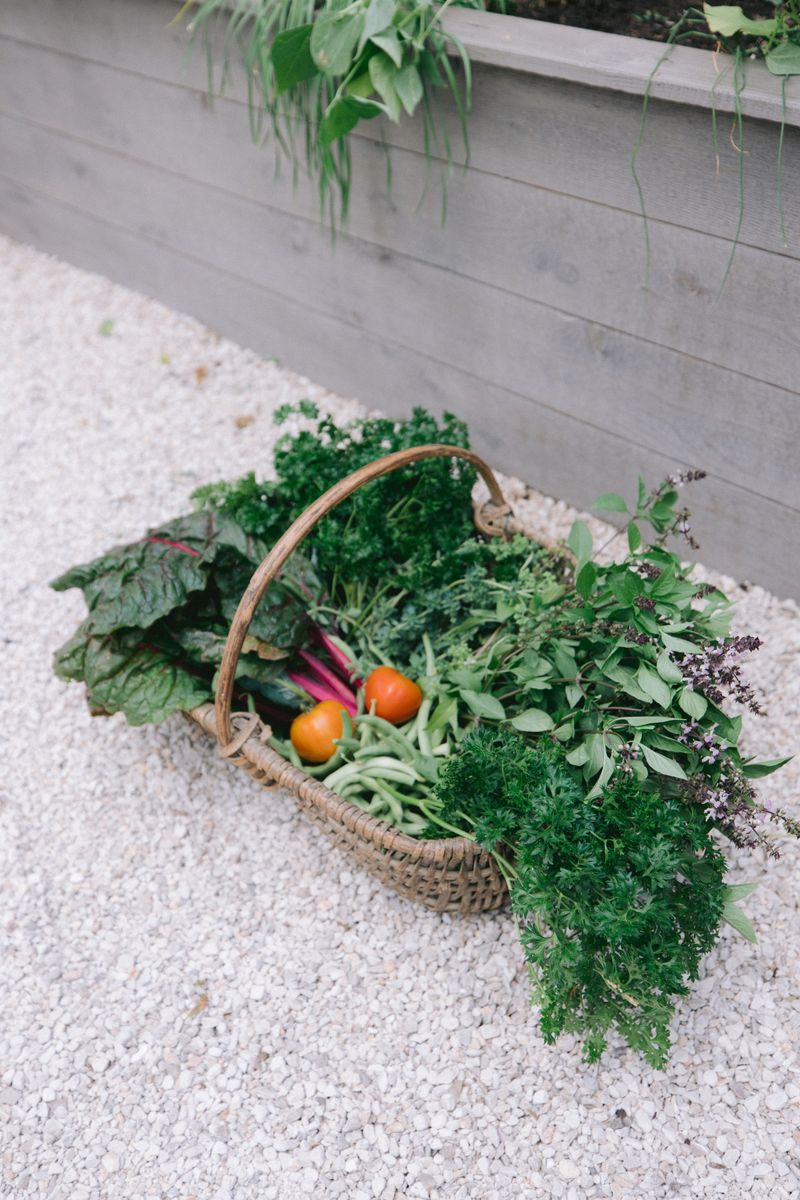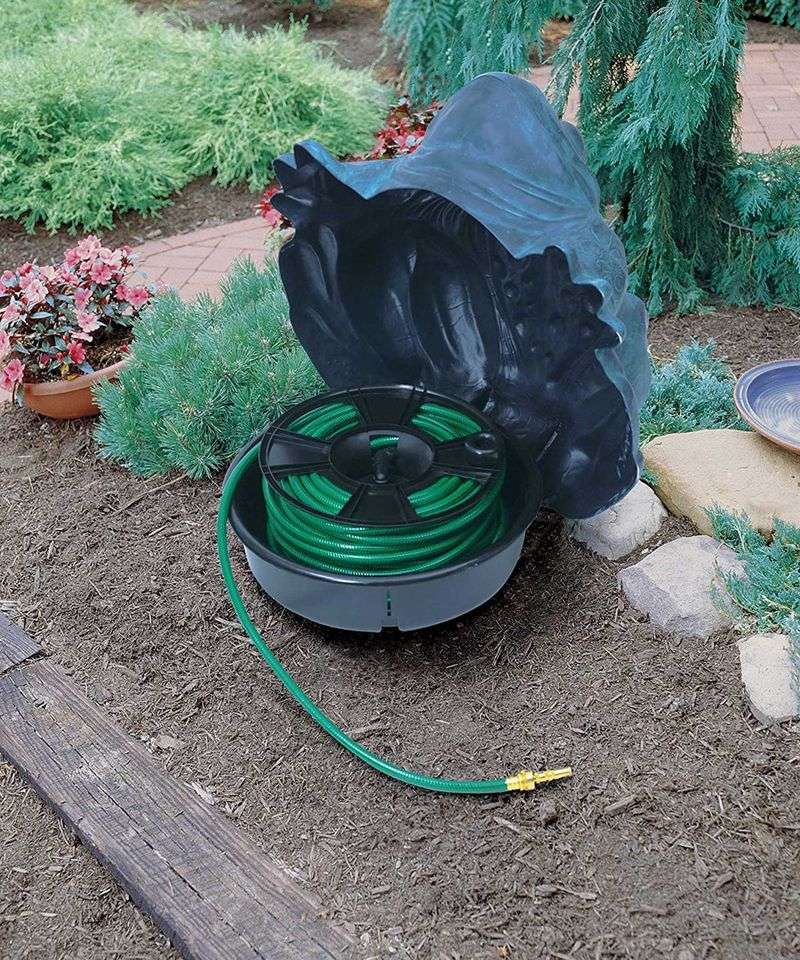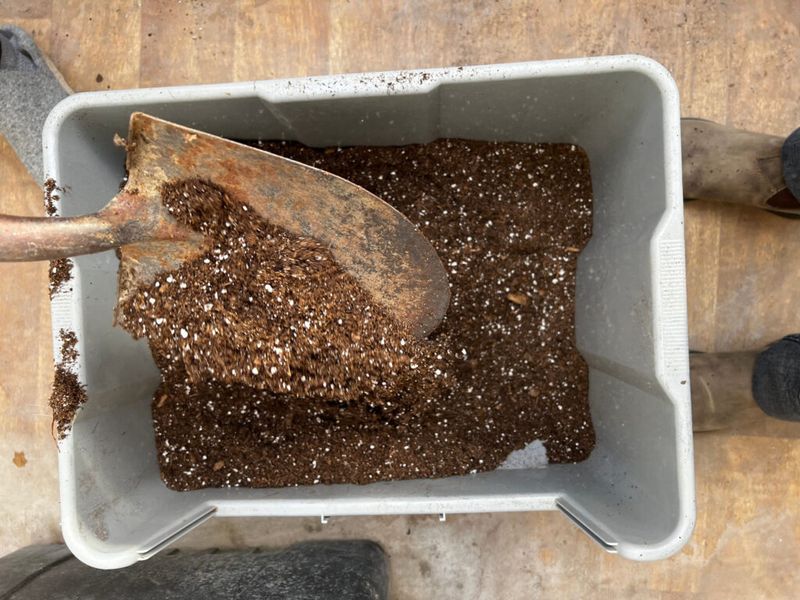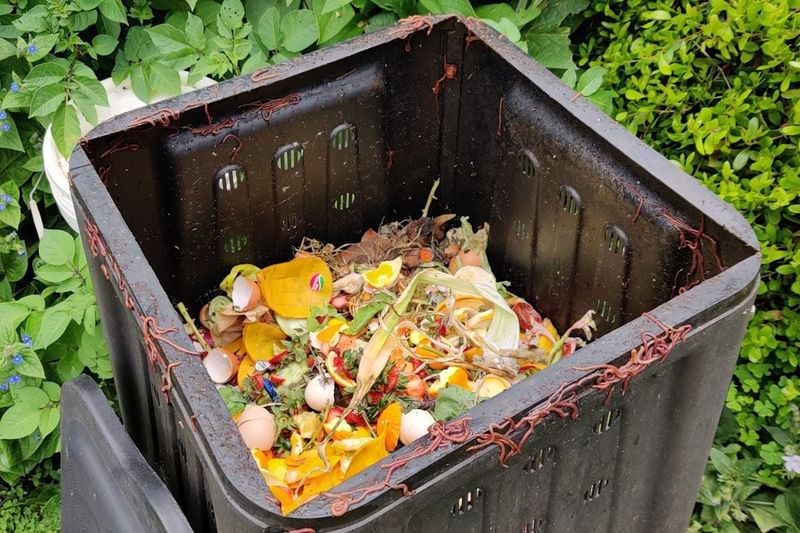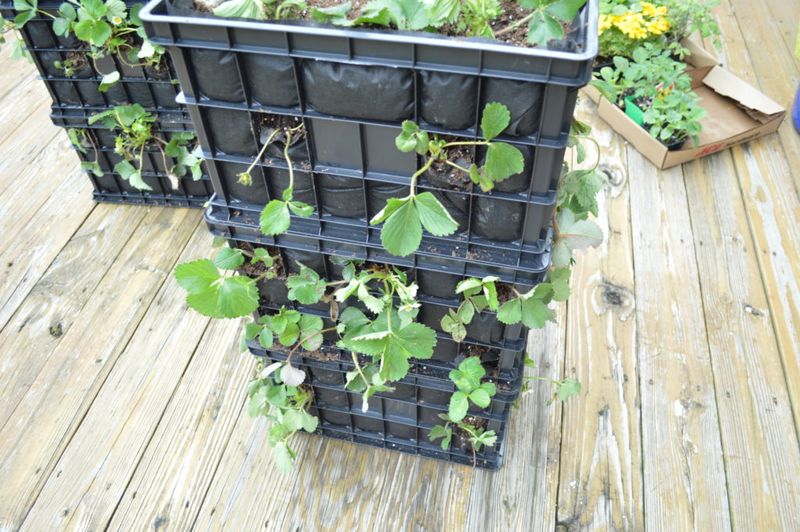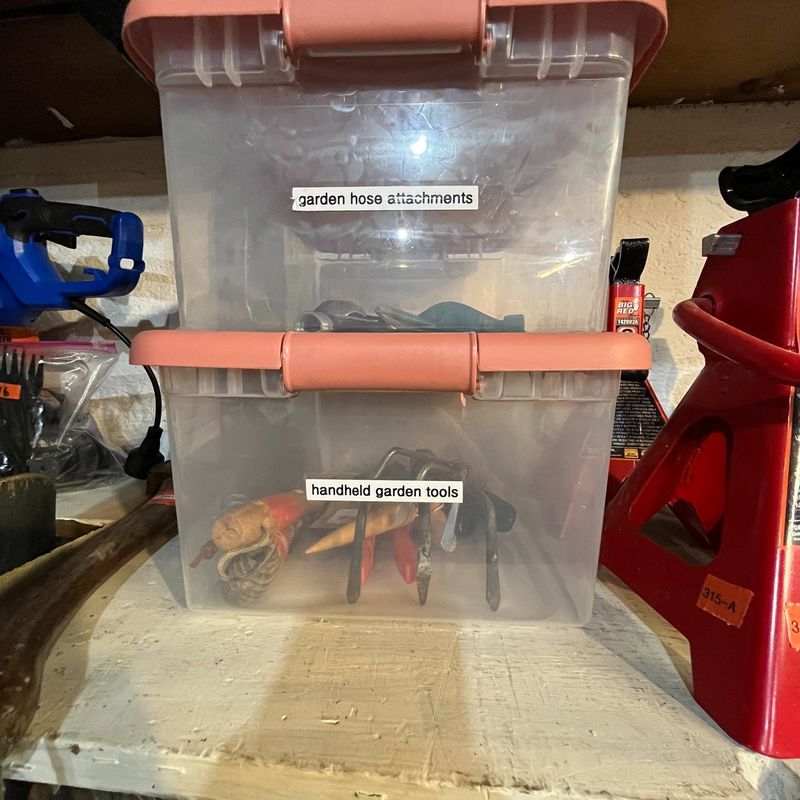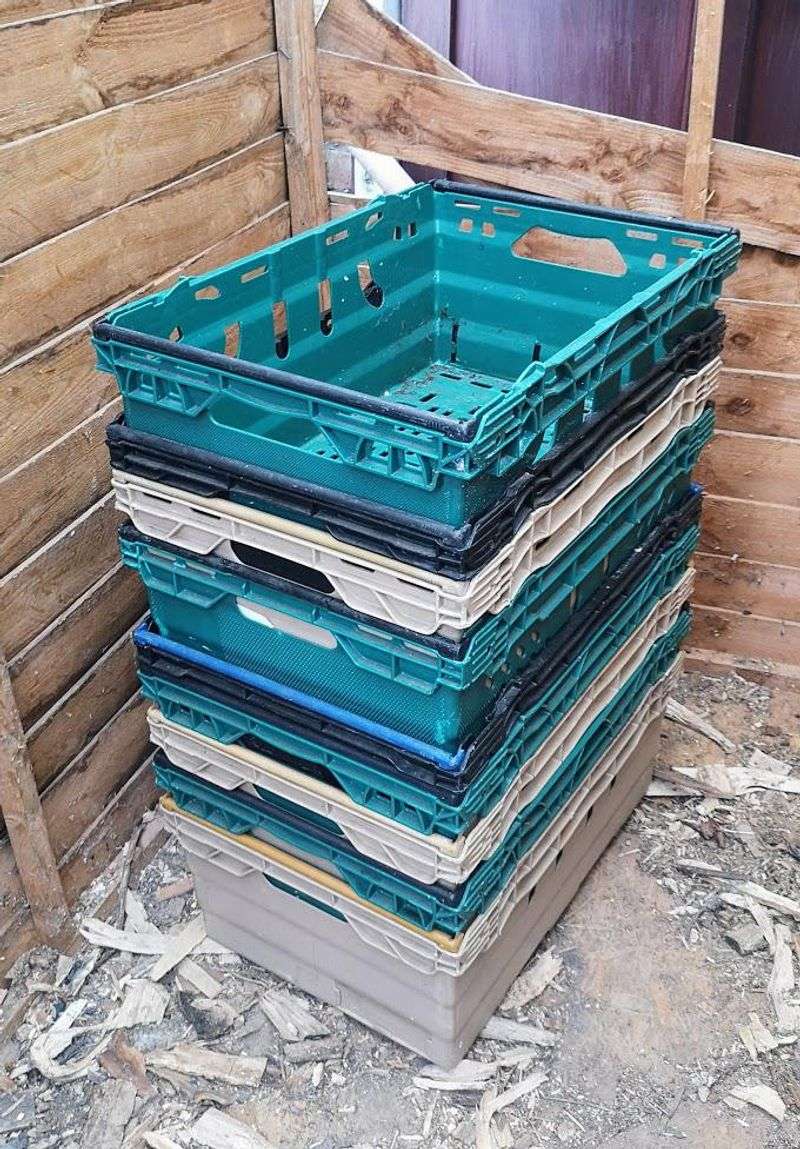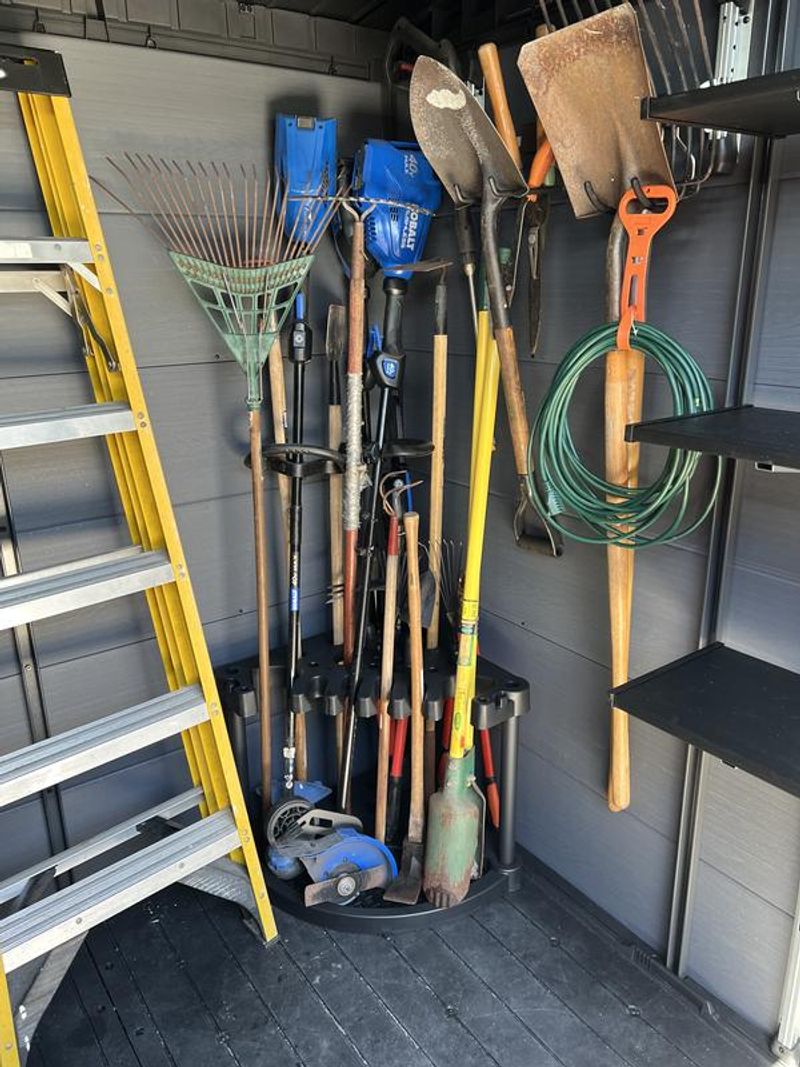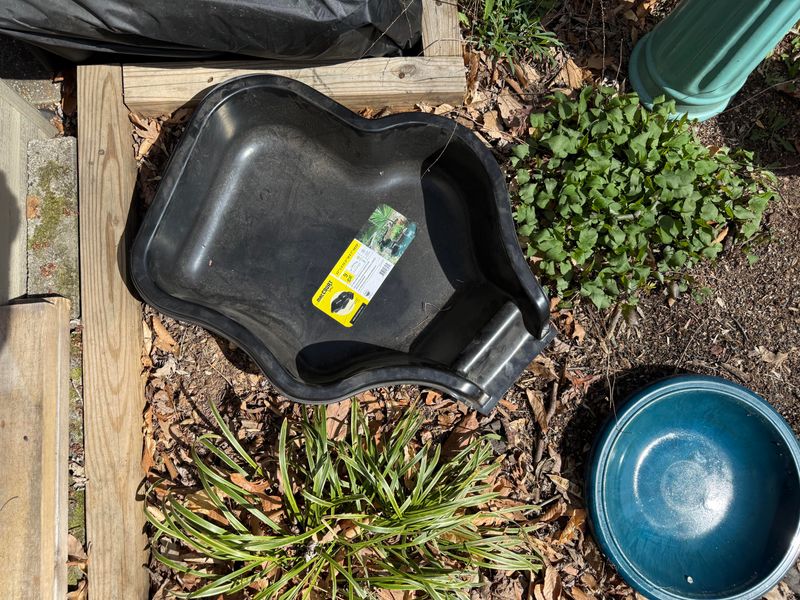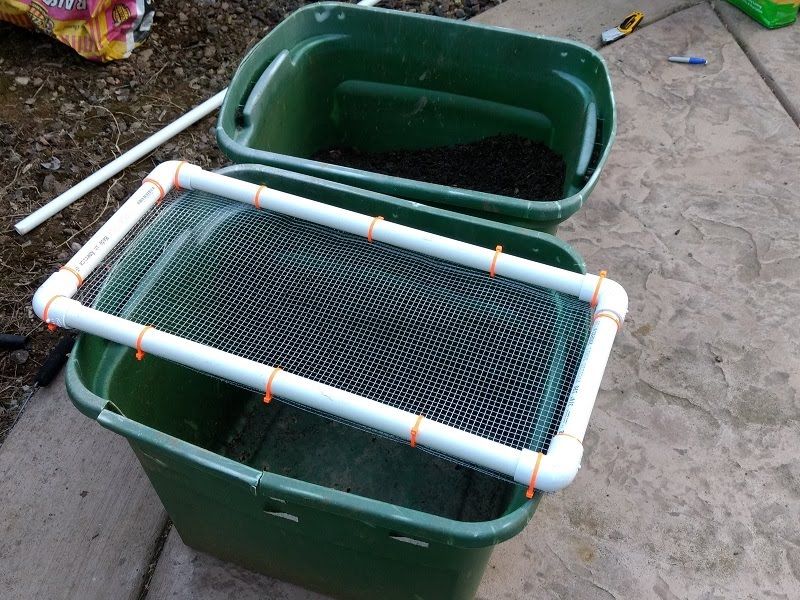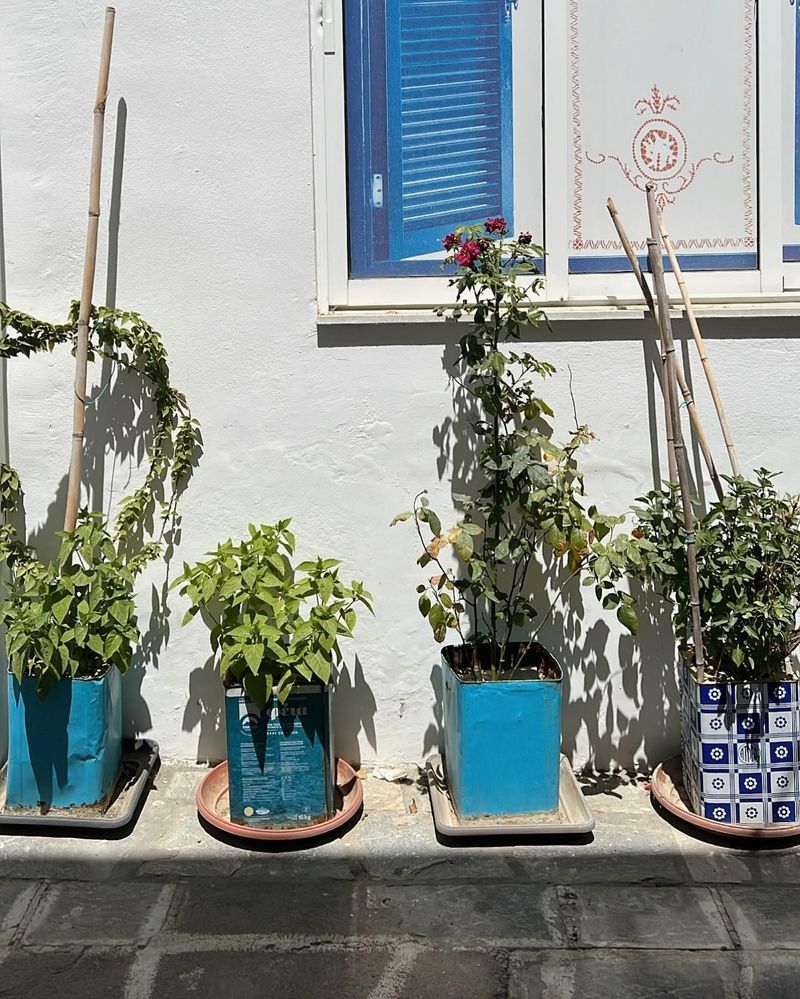Plastic crates might not look like much at first, but they’ve become one of my favorite garden storage hacks. They’re cheap, sturdy, and easy to move around—even when packed with tools or pots.
With a few zip ties, some paint, or even a bit of wood, you can turn them into anything from a rolling garden cart to vertical storage for gloves and seed packets. It’s way more fun (and affordable) than buying fancy organizers.
These little crates have saved me from so much clutter and chaos. Plus, it feels good giving something so ordinary a second life in the garden.
1. Vertical Herb Garden Wall
Mount several crates horizontally on a sunny fence or wall, creating a living display of herbs and small plants. The grid-like structure naturally divides your herbs while allowing proper drainage.
I lined mine with landscape fabric before adding soil, which prevents mess while letting water escape. For extra appeal, paint the crates in complementary colors that match your outdoor décor.
During winter, I simply unhook the crates and move tender herbs indoors, making this system incredibly practical year-round.
2. Rolling Garden Tool Caddy
Attach four sturdy wheels to the bottom of a sturdy plastic crate for a mobile garden tool station that follows you around the yard. The open design keeps tools visible and accessible.
Adding a wooden handle makes pulling it even easier. My favorite trick is using pool noodle sections sliced lengthwise and attached to the crate’s top edge for cushioned handles.
Small tools fit perfectly inside while longer-handled items can lean against the sides, always within reach as you move from bed to bed.
3. Rustic Planter Box Disguise
Transform ordinary plastic crates into charming planters by wrapping them with weatherproof bamboo fencing or thin wood slats. The natural materials instantly elevate the look while the plastic interior remains practical.
Drill drainage holes if your crate doesn’t already have them. The space between slats allows air circulation, preventing root rot while hiding the plastic completely.
For taller plants, stack two wrapped crates together, creating a deeper planter that maintains the rustic aesthetic throughout your garden space.
4. Seed Starting Station
Flip a plastic crate upside down and cover it with a clear plastic tray to create a perfect mini greenhouse for starting seeds. The crate provides elevation and air circulation underneath.
When seedlings need more height, simply add another crate. What works brilliantly is placing a grow light above this setup, as the crate’s height puts young plants at an ideal distance from the light source.
Once seedlings outgrow their trays, the same crates become perfect carriers to transport them to your garden beds.
5. Harvested Produce Washing Station
Position two crates by your outdoor faucet – one upside down as a table, another right-side up to catch water. The bottom crate collects dirty water while your freshly harvested vegetables rest on top for cleaning.
Lining the top crate with hardware cloth creates a perfect draining surface. Garden-fresh carrots and potatoes get their initial cleaning right in the garden, keeping soil where it belongs.
After washing, move produce directly to a third crate for transport to the kitchen, creating an efficient harvest-to-table system.
6. Garden Hose Management System
Mount a plastic crate horizontally on your garden shed wall to create a practical hose storage solution. The open grid pattern allows air circulation, preventing mildew and helping wet hoses dry quickly.
Securing the crate at waist height makes coiling and uncoiling effortless. Adding a small hook beside it creates a spot for nozzle attachments, keeping everything organized in one place.
The crate’s depth perfectly accommodates standard garden hose dimensions without creating kinks or tight bends that might damage your hose over time.
7. Potting Soil Dispenser
Elevate a large plastic crate on bricks or blocks, then cut a rectangular opening in one side near the bottom. Fill with potting soil to create a convenient dispenser that minimizes bending and lifting.
Cover the top with a hinged lid made from an old cutting board to keep soil dry and debris-free. Placing a small container under the opening catches soil perfectly when filling pots.
The grid structure allows air circulation, preventing soil from becoming moldy or compacted, while keeping your gardening area neat and organized.
8. Compost Collection Center
Drill ventilation holes throughout a plastic crate to create an attractive compost collection bin for garden trimmings. The openings provide necessary airflow while containing material neatly.
Securing a hinged lid with bungee cords keeps critters out while allowing easy access. Paint it a subtle green or brown to blend seamlessly with your landscape rather than standing out.
Position it near your vegetable garden for convenience – I keep mine just steps from my herb bed, making cleanup after harvesting quick and simple.
9. Vertical Strawberry Tower
Stack three plastic crates of decreasing sizes to form a pyramid, creating a space-efficient strawberry planter. Cut openings in the sides of each crate for plants to grow outward in all directions.
Line with landscape fabric before adding soil to prevent erosion. The tower design maximizes growing space while keeping berries elevated away from ground pests and moisture.
Water from the top and watch it trickle down through all levels, efficiently hydrating every plant while using minimal space in your garden bed or patio.
10. Garden Tool Cleaning Station
Fill a plastic crate halfway with coarse sand mixed with mineral oil, creating the perfect spot to clean and condition garden tools after use. The mixture removes dirt while simultaneously preventing rust.
Mount the crate at a comfortable height near your garden shed entrance. Simply plunge shovels, trowels, and pruners into the sand mixture a few times after use.
Adding a brush attached with twine completes the station, making it easy to remove stubborn soil before the oil-sand treatment gives tools a protective coating.
11. Rain Boot Organizer
Place a plastic crate by your garden entrance to keep muddy boots organized and off the ground. The open design allows air circulation, helping wet footwear dry quickly after rainy day gardening.
Positioning it on a small pebble bed improves drainage, preventing standing water. For family gardens, color-code crates with spray paint so everyone knows where their boots belong.
During winter months, the same crate works perfectly for storing garden gloves, knee pads, and other small accessories that might otherwise get lost in seasonal transitions.
12. Hanging Tool Organizer
Mount plastic crates sideways on your garden shed wall, creating individual cubbies for hand tools, gloves, and garden supplies. The open-grid design provides visibility while keeping everything accessible.
Securing crates with heavy-duty zip ties through pre-drilled holes makes installation quick and adjustable. Group similar items together – one crate for pruning tools, another for gloves and hats.
Adding small labels to each crate helps maintain organization, especially useful when multiple family members share the gardening duties and need to find tools quickly.
13. Pond Filter Disguise
Hide unsightly pond equipment by placing filtration systems inside a plastic crate, then surrounding it with large decorative rocks or plants. The crate provides protection while allowing necessary water flow.
Cutting strategic openings accommodates intake and outflow tubes while keeping the mechanical components concealed. The plastic material withstands constant moisture without deteriorating.
For complete concealment, attach artificial rock panels to the exterior of the crate, creating a natural-looking feature that blends seamlessly with your water garden landscape.
14. Crate Compost Sifter
Attach hardware cloth to the bottom of a plastic crate, creating the perfect sifter for finished compost. The rigid plastic frame provides stability while the metal mesh separates fine material from chunks that need more decomposition time.
Handles on opposite sides make shaking the sifter comfortable and efficient. Position it over a wheelbarrow to catch the screened compost ready for garden use.
For storage, the flat design takes up minimal space hanging on a shed wall, always ready when your compost pile needs processing.
15. Patio Container Garden
Line several plastic crates with coconut fiber or burlap, creating attractive container gardens for patios with limited space. The uniform size creates a cohesive look when arranged together.
Adding casters to the bottom allows easy movement to follow the sun or make space for entertaining. Drainage is excellent through the crate openings, preventing the root rot that often plagues traditional pots.
Group crates by plant height or color scheme for maximum visual impact – I arranged mine with cascading flowers in front and taller vegetables behind.
16. Outdoor Cushion Storage
Waterproof a large plastic crate by sealing the bottom edges with silicone caulk, creating perfect storage for patio cushions during rain showers. The rigid structure prevents crushing while protecting fabrics.
Adding a hinged lid made from exterior plywood keeps contents dry while doubling as a side table. Painting both crate and lid in complementary colors to match your outdoor furniture makes it an intentional design element.
Position it near seating areas for quick access when clouds appear, keeping cushions fresh and dry throughout the season.

